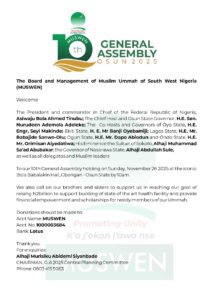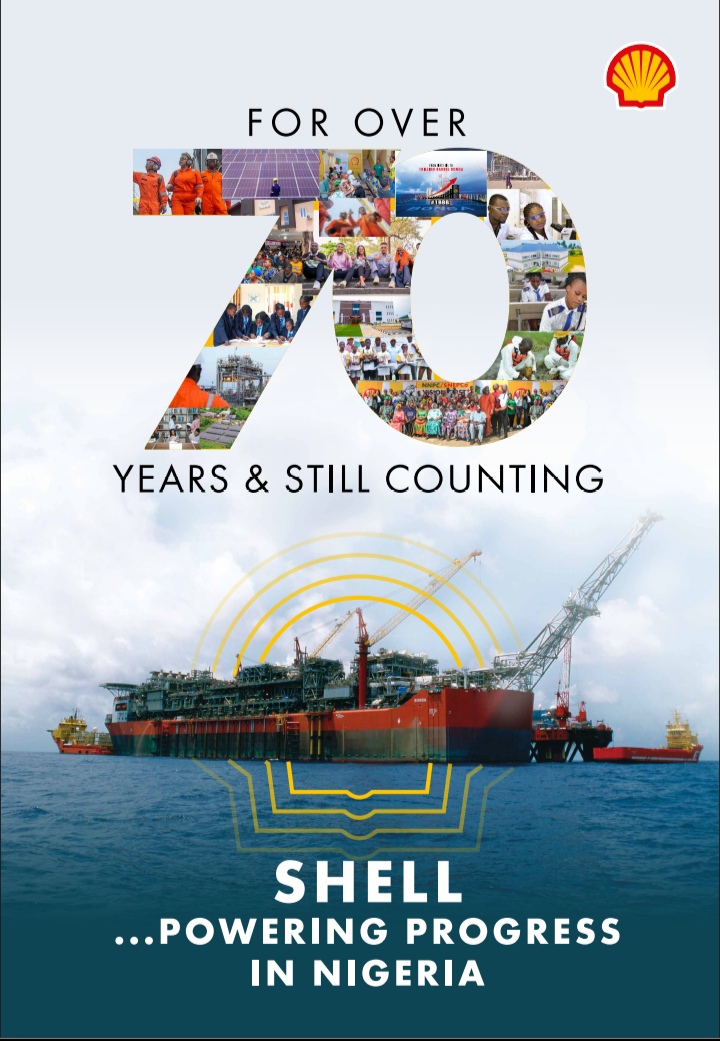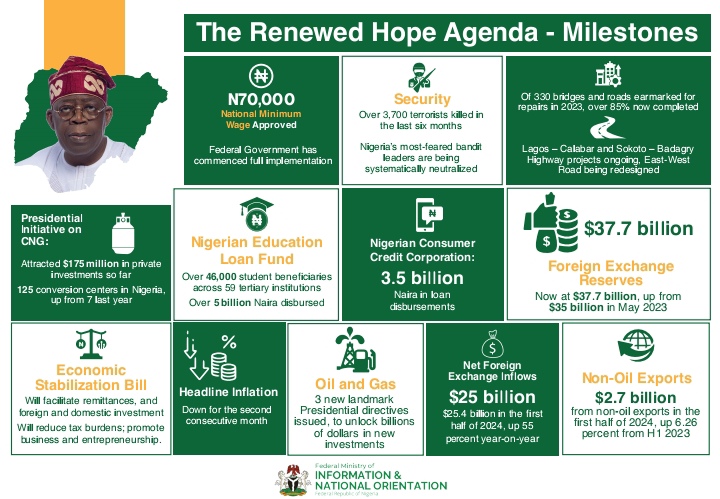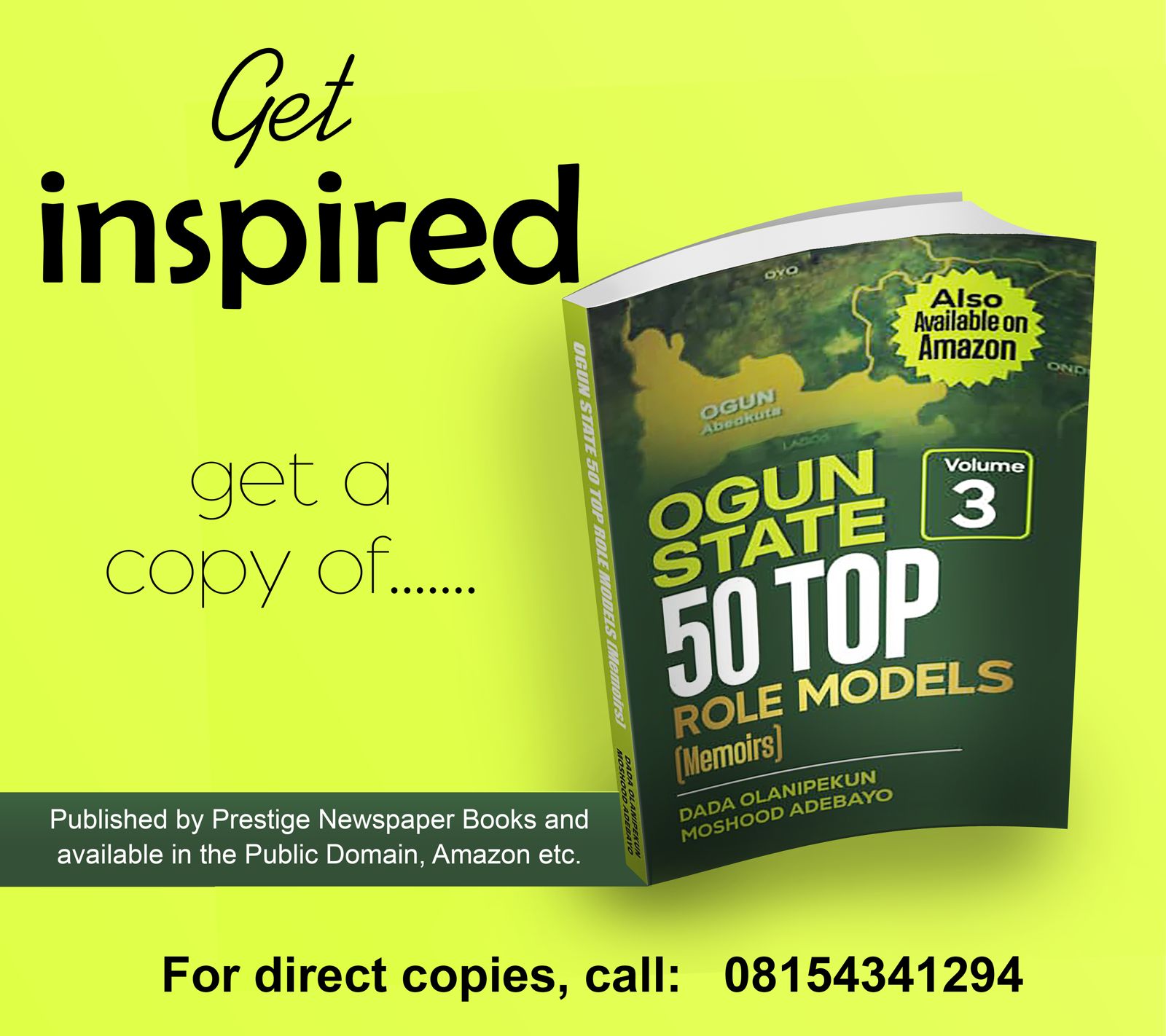When a machine malfunctions, do not take it personal or be despondent. Take it as a blessing in disguise. Such malfunctions generally show you flaws and ways to improve. The rule of thumb is simply, “keep tinkering till you get it right!” In a rather obscure area where a family lived in West Africa, one day the water pump in their house malfunctioned such that it ceased to pump water. We must understand that public utilities in this environment were virtually non-existent. Water, electricity and access roads are developed by the residents. The trouble with the pump had been reoccurring before it finally packed up. The electricity in the area was not stable enough to wind the propellers that pump water. The engineer who sunk the borehole and installed the pump came around to find out what was wrong. He eventually discovered that the propellers had worn and that there was a need to replace the pump! He gave a bill of which the family decided to check: Costs of buying a new pump and repairs of the old one. Visits to the market revealed that the engineer had told a lie. If they had opted to pay him to get a new pump and install same, he would have overcharged them for the cost of the pump, installed a high powered version because he claimed the depth of the borehole could not accommodate an ordinary horsepower pump and required them to get a stabilizer to back up the power for pumping water. In sum, by checking everything he told them, they found out that there were options; he had wanted to cheat them. Checks enabled them have a proper understanding of water pumps, the depth at which they can work and how to manage them! The water pump failed to work, but they used its failure to raise their understanding of how water pumps work and the basic technicalities involved in installing them.
Mistakes and failure should simply be our means of education. They can show us our inadequacies. Our failure permits us to see flaws in our ideas which can only be revealed in the execution of them. The old dictum comes to mind here: If you don’t succeed; Try, try and try again. Tom Clancy, award winning management speaker and motivator, advises that we should “fail forward”. He says if we increase the number of attempts at achieving a goal or activity we might fail at it more but we should also increase our chances of succeeding. We should create what is known as a simulation: a structured analysis, sketch or dummy of how we intend to achieve what we have planned. The simulation when it is well structured gets us as close to reality as possible and determines how our original project will succeed.
Mistakes and failure should simply be our means of education. They can show us our inadequacies.
Failure comes in two dimensions: Never trying out your ideas because you are afraid you will fail is failure. When nothing is ventured nothing is gained. Not trying what we have in mind steals our creativity and our capability. We lose the mettle of adventure and find ourselves stagnated and arrested in our personal development. The second form of failure is trying it in anticipation of success, but falling short. To expect that we would get everything right the first time is being rather over ambitious. There will be details we over looked, flaws we must fix and gaps that need to be remedied. Robert Greene in his book “Mastery” explains it this way: “Repeated failure will toughen your spirit and show you with absolute clarity how things need to be done.” The bold spirit of adventure is the best way to tackle failure. “Keep trying”, it says, “sooner or later you will get it right!” Most of the world’s greatest inventors ranging from Orville and Wilbur Wright who built the first aeroplane through Albert Einstein on to Thomas Edison all went through periods of failure before they eventually triumphed in their various creations and inventions. Why should you be any different?
This psychology of redefining failure can also be used in artistic creation. Painters, writers, musicians, dancers and actors can use it to determine what actually resonates in the minds and hearts of their audiences and communicates to them beyond a surface level. There are certain universal themes that when presented in song, dance or stage plays are understood by all and sundry that views them. The human spirit identifies with such themes as love, tragedy of loss, death, overcoming challenges and desperation borne out of uncertainty. The only way an artiste of any kind can know whether his art resonates in the hearts and minds of his audience is by presenting his art form to them and assessing the feedback he receives. Normally, if the form is different from what the audience is used to, there is resistance. There would be no critical acclaim and outcome would appear like failure. But often times we find that consistent trials could lead to a change of heart on the part of the observers and a new acceptance emerges. Tyler Perry is one of the first artistes to become a billionaire through the presentation of stage plays and films which address the black culture in the United States. Perry made history by opening the first full fledged-black studio in US worth $250m.
The core of this redefinition spans from our ability to pick ourselves up and try again till we meet mark we desire.
The 52-year-old entertainer owns the entirety of his creative output, including more than 1,200 episodes of television, 22 feature films, and at least two dozen stage plays, as well as a 330-acre studio lot at the edge of Atlanta’s southern limits. For Perry it did not all start well. He had his stage plays rejected at the beginning and it took some time before he got acceptance. He had a period of sleeping in his car when he could not afford hotels on his tours of various towns and cities in the United States.
Failure has to be endured if we want to enjoy success. The creator must keep improving upon his creation by tinkering with it until its meets near perfection. There is nothing like total perfection but we can strive towards it.
In leadership, management and governance the psychology of redefining failure spans from assessing our style of influencing a following and tweaking it till it fits the bill and achieves the objective. Key men who have failed in their task to realize a desired outcome – winning an election; selling a new product to a resistant market; making a policy that appears strange but is fully beneficial acceptable – need to be able to get their ego out of the way. Sycophancy, praising singing and adulation only boosters the ego of the leader and occasionally, he needs an experience that negates that ego and exposes him to reality.
The more there is a realization of failure, the more there should be effort to repair the situation and make it better. A good leader will reverse the failure and redefine it by re-examining options critically and selecting the ones that best suit the situation he has found himself in. It is important at this stage that we take proper caution of our sequence of redefining failure. We are not justifying the spinning and twisting of views or issues that communicators often engage in to justify error and misfortune. Neither are we launching into a reverie of perspective and perception. There are universally acceptable standards for success. They are not always judged by the guidelines and assessments of those people who have made themselves umpires. If the outcomes meet the mark, it will be difficult to argue against them, no matter how prim and proper we think our criteria is.
The core of this redefinition spans from our ability to pick ourselves up and try again till we meet mark we desire. At certain stages of our struggle, it is usually impossible to deny us the success that we have sought, because in most cases it stares everyone in the face, and is difficult to deny.
*Ogundadegbe is a renowned management consultant. He trains managers and executives in the arts of Customer Service, Human Resources Management and Management strategy ([email protected]).













